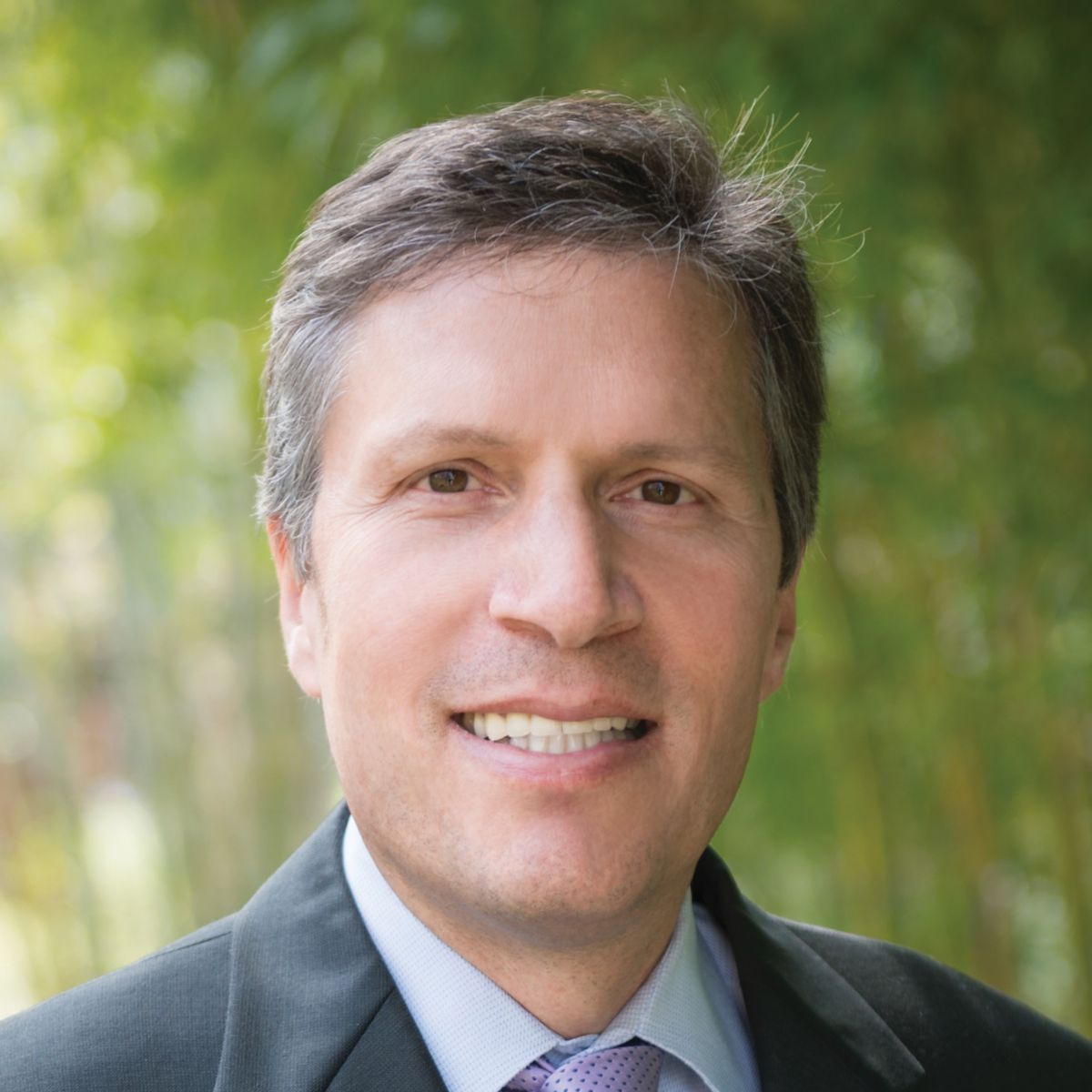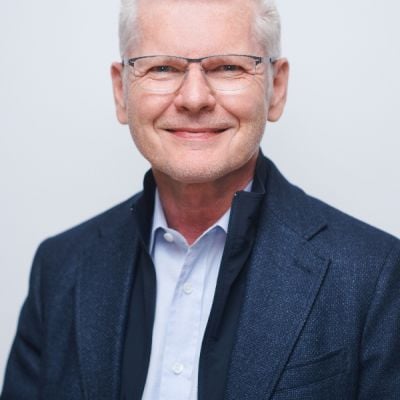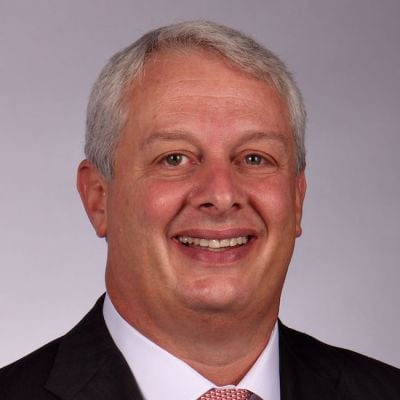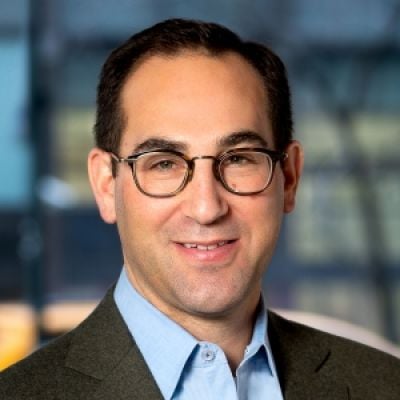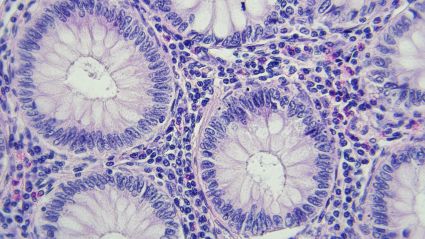
Our understanding of the science of cancer has increased exponentially in the last 15 years and continues to advance rapidly with new lifesaving treatments being discovered daily. Yet our infrastructure for delivering cancer care to our population has not changed.
As a result, millions of Americans who need cures can’t access them, and many patients are dying needlessly. Barriers created by the health-care industry exacerbate inequities by disproportionately impacting under-resourced communities and people of color.
The American Cancer Society reports that Black women have a 4 percent lower incidence rate of breast cancer than White women but a 40 percent higher breast cancer death rate. And, while Black people represent 14 percent of the total population, they only represent 7 percent of cancer trial participants.
It’s time for the health-care industry to reimagine the cancer care delivery system.
Not only do patients deserve access to the expertise and treatments they need to beat their cancer, but academic centers also need access to these patients to aggregate and analyze data, discover and study new treatments, and create cures that are representative of and serve our diverse population.
It’s time for the health-care industry to reimagine the cancer care delivery system.
Too often, the community provider network and academic medical centers are positioned as competitors. But from the patient’s perspective, this competitive positioning misses the point: Most patients want care close to home, while others require specialized services or could benefit from a first-in-human clinical trial.
Rather than pitting these two equally important pillars of the ecosystem against each other, we need to encourage approaches that establish tight partnerships between the community and academic medical centers so patients can seamlessly receive the care they require at the right place at the right time.
I believe the starting point for this discussion begins with these three questions:
- How does the patient define value?
- How can we equitably deliver what patients value most?
- Then, with this foundation, how do we make it affordable?
Patients value survival, quality of life, and a respectful care experience. If we are going to deliver the patient definition of value, we need to redesign our care models to equitably provide patients with the right treatment for their cancer, when and where they need it.
Unfortunately, we have allowed two of the more profitable segments of the health-care ecosystem—the payer and the pharmacy benefit manager—to define best care for cancer patients. This was a response to concerns about over- or mis-utilization of medications in an era before the emergence of precision medicine and the current slate of advanced therapies. But with our industry focus on utilization management, we are addressing over-utilization while ignoring the more current, and arguably more important, need to ensure we are providing the optimal treatment plans and that we are addressing pockets of under-utilization of these appropriate treatments.
An ideal oncology ecosystem that aligns academic and community oncology can address these issues.
This value-based model of the future should reward physicians working together, focusing on shifting complex care to appropriate levels of expertise and less complex care to lower-cost sites, identifying appropriate clinical trial participation, managing appropriate utilization of new and emerging therapies based on clinical needs and best and most current evidence, and providing community-wide integrated supportive care services.
The connectivity between academic and community oncology will have the additional benefit of accelerating learnings from academia into the broader ecosystem, reducing the current knowledge gap. This will ultimately save money by bringing newer treatments into lower cost, more convenient locations in the community that are closer to where patients live, and reducing or eliminating the low value care that is too often delivered today. A tightly aligned academic and community oncology ecosystem will result in greater access to the latest treatments, more lives saved, and more equitable care outcomes—all of which drives higher value for cancer patients, affected families, and society.
